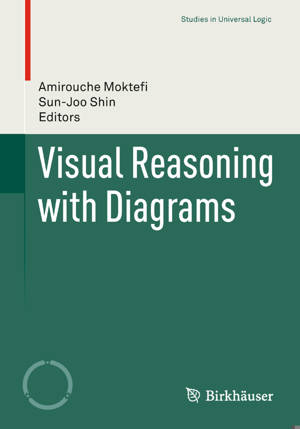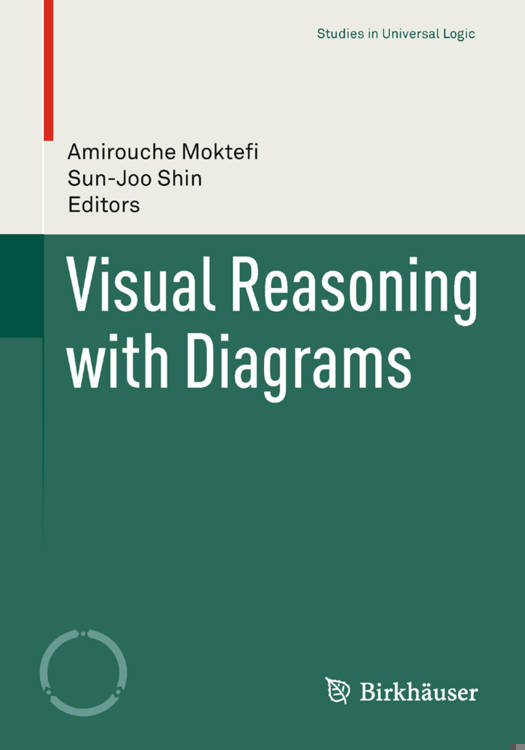
- Afhalen na 1 uur in een winkel met voorraad
- Gratis thuislevering in België vanaf € 30
- Ruim aanbod met 7 miljoen producten
- Afhalen na 1 uur in een winkel met voorraad
- Gratis thuislevering in België vanaf € 30
- Ruim aanbod met 7 miljoen producten
Zoeken
Visual Reasoning with Diagrams
€ 167,95
+ 335 punten
Omschrijving
Logic, the discipline that explores valid reasoning, does not need to be limited to a specific form of representation but should include any form as long as it allows us to draw sound conclusions from given information. The use of diagrams has a long but unequal history in logic: The golden age of diagrammatic logic of the 19th century thanks to Euler and Venn diagrams was followed by the early 20th century's symbolization of modern logic by Frege and Russell. Recently, we have been witnessing a revival of interest in diagrams from various disciplines - mathematics, logic, philosophy, cognitive science, and computer science. This book aims to provide a space for this newly debated topic - the logical status of diagrams - in order to advance the goal of universal logic by exploring common and/or unique features of visual reasoning.
Specificaties
Betrokkenen
- Uitgeverij:
Inhoud
- Aantal bladzijden:
- 200
- Taal:
- Engels
- Reeks:
Eigenschappen
- Productcode (EAN):
- 9783034805995
- Verschijningsdatum:
- 18/07/2013
- Uitvoering:
- Paperback
- Formaat:
- Trade paperback (VS)
- Afmetingen:
- 168 mm x 241 mm
- Gewicht:
- 362 g

Alleen bij Standaard Boekhandel
+ 335 punten op je klantenkaart van Standaard Boekhandel
Beoordelingen
We publiceren alleen reviews die voldoen aan de voorwaarden voor reviews. Bekijk onze voorwaarden voor reviews.











